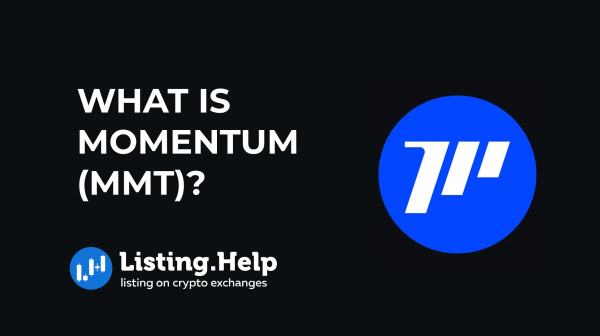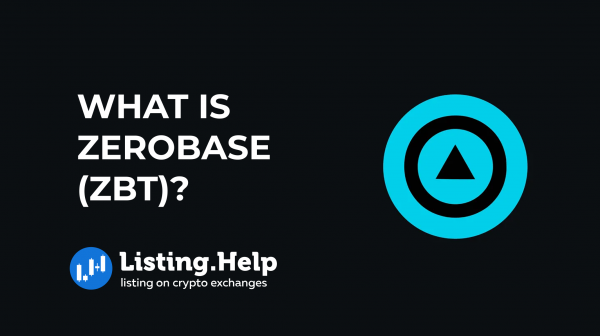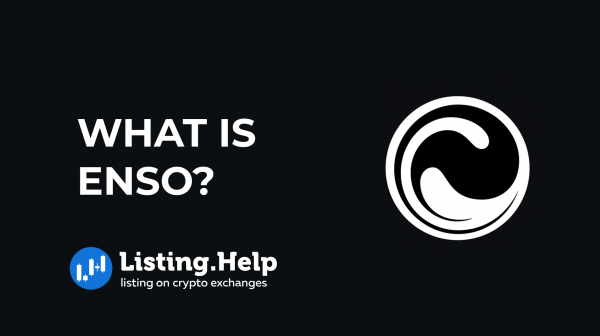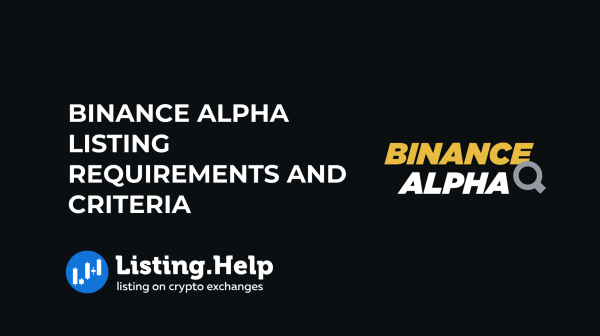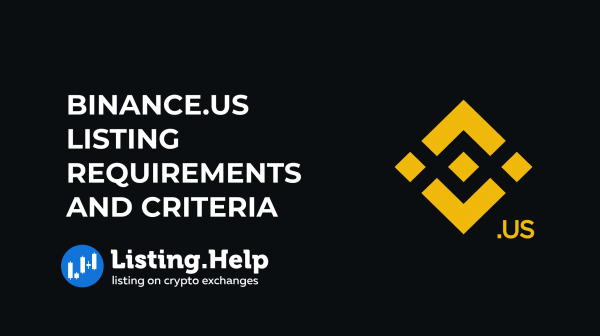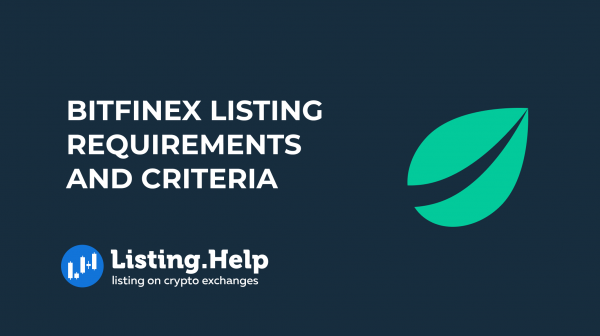What is Celestia (TIA), and How does it Work?
 October 30, 2024
October 30, 2024 Updated: October 30 2024, 08:42
Updated: October 30 2024, 08:42
LEAVE A REQUEST
Launching your own token project? Our experts are ready to help with listing on exchanges, market making, marketing and other solutions
SUBMIT APPLICATIONMany are likely familiar with the concept of the blockchain trilemma, introduced by Ethereum’s co-founder, Vitalik Buterin. The idea revolves around three critical aspects of a blockchain — decentralization, scalability, and security — and the challenge of achieving balance among them. When a blockchain optimizes for one of these aspects, it typically affects the others.
This challenge arises from the traditional design of blockchains like Bitcoin and Ethereum, known as monolithic blockchains. In these systems, tasks such as transaction execution, settlement, consensus, and data availability all occur on the same blockchain.
The issue is that, as blockchain networks grow, the volume of data increases significantly, leading to challenges in data availability and limiting scalability. To improve transaction speed or throughput, traditional blockchains often need to compromise on either decentralization or security.
Modular blockchains address this issue by focusing on specific tasks that a monolithic blockchain would handle. For instance, blockchain rollups are an example of modular chains that specialize in transaction execution, while their main chain manages consensus and data availability.
Celestia is another type of modular blockchain. Its primary focus is on consensus and data availability rather than executing transactions. But what sets Celestia apart, and could it offer a solution to the scalability challenges in blockchain networks?
What Is Data Availability?
To understand the challenge it addresses, it’s essential to grasp the role of data availability in blockchain scalability.
In simple terms, data availability ensures that all the blockchain’s data is recorded on-chain and accessible to all network participants. This accessibility lets anyone audit the blockchain, reinforcing the network’s security and integrity.
But how does data availability impact blockchain scaling? On a monolithic blockchain like Ethereum, data availability is maintained because every full node on the network keeps a complete copy of the blockchain’s history. Each node stores data from every transaction ever processed on the network. While this setup provides strong security, it also slows down the network, as it places an enormous data burden on each node.
The only way for a monolithic blockchain to process transactions faster is to increase the hardware requirements for full nodes. However, this reduces the number of nodes, weakening both decentralization and security.
Celestia proposes a solution to this issue by handling data availability in a way that lightens the load on each node, similar to how rollups handle transaction processing separately.
Project Background
Celestia’s native token, TIA, currently holds a market cap of over $1.3 billion, ranking it among the top 100 coins. However, the token’s value has been trending downward.
The token started the year at around $12, hit an all-time high above $20 in February, and, at the time of writing, is valued at $6.90. This is still a considerable rise of over 200% from its initial listing price of $2.08, which occurred around 240 days ago.
Celestia operates as a Layer 1 blockchain, purpose-built with a modular structure to simplify blockchain creation for developers. This design allows developers to use existing Layer 2 rollup technology to create a custom blockchain stack. With Celestia, developers can create independent blockchains where:
– The execution layer (handling smart contracts and transactions) is separated from the consensus mechanism.
– Celestia’s infrastructure, along with its network validators, supports the consensus mechanism and data availability functions.
Co-founded by Mustafa Al-Bassam and Ismail Khoffi in 2019, Celestia has attracted significant venture capital, securing $1.5 million in a seed round in 2021 and an additional $55 million in 2022. The project is developed on the Cosmos SDK framework.
What Is the TIA Token?
Celestia’s TIA token was initially minted with a supply of one billion tokens, of which 20% is allocated for public distribution. Currently, around 193 million tokens are in circulation, and additional tokens held by early investors will be released gradually over the next few years. These tokens will become freely tradable, with the first release scheduled for October this year.
The TIA token serves three main purposes within the Celestia blockchain:
1. Transaction and Data Fees: Developers use TIA tokens to pay gas fees for transactions and to publish data in the network’s data availability layer, known as “blobspace.”
2. Staking and Network Security: Validators and delegators stake TIA to participate in network consensus, helping verify and secure transactions across a decentralized network. As a proof-of-stake blockchain, Celestia rewards validators and delegators with additional TIA tokens for supporting the network.
3. Governance Participation: TIA holders have a role in governance, where they can submit and vote on certain network proposals to adjust specific network parameters.
It’s important to note that Celestia’s TIA token is distinct from another token with the same symbol, TIA, associated with the Tiamonds project. The latter TIA is linked to tokenized diamond ownership on the Tiamonds platform, which markets itself as a leading marketplace for tokenized diamonds.
How Does Celestia Work?
Now that you understand Celestia’s purpose, let’s break down its underlying technology. As a modular blockchain, Celestia operates through several key components:
Data Availability Proofs
In traditional blockchains, full nodes must download and validate all network data to ensure transaction security. Full nodes provide robust security but are resource-heavy and can hinder scalability. Another type of node, called a light node, only downloads block headers, making it much easier to run and thus more scalable. However, light nodes don’t download full block data, which means they can’t independently verify transactions, reducing their security.
Celestia’s solution to this issue is data availability proofs, which let light nodes confirm that block data exists without needing to download it all. This process enhances scalability while preserving security for light nodes.
Data availability proofs involve two processes: erasure coding and data availability sampling.
Erasure Coding
In erasure coding, data within a block is expanded by adding extra code to it. For example, a block with 1MB of data can have 1MB of erasure code added, making a 2MB block in total. This process ensures that an entire block can still be reconstructed as long as at least 50% of its data is intact.
If a bad actor attempts to hide fraudulent transactions by omitting block data, they’d now need to delete more than 50% of the block for it to go undetected. Erasure coding thus provides an extra layer of security before light nodes confirm data availability.
Data Availability Sampling
Data availability sampling allows light nodes to verify block data by downloading small, random samples from the erasure-coded blocks. If a sample fails, the node assumes data is missing and rejects the block. With only seven rounds of random sampling, a light node can be 99% confident that all necessary block data is present. This sampling mechanism allows light nodes to verify data reliably without the heavy burden of a full node.
Is TIA a Good Investment?
Cryptocurrency markets are notoriously volatile, often reacting to sentiment-driven swings that make it difficult to predict $TIA’s long-term performance. Lowering the technical expertise required to launch blockchains and build applications is certainly valuable, and TIA’s initial token launch was highly successful. However, the ongoing demand for modular blockchain technology remains uncertain. Future token unlocks could add selling pressure, which may impact TIA’s value over time.

For more insights and updates on the crypto world, don’t forget to check out our blog at Listing.Help




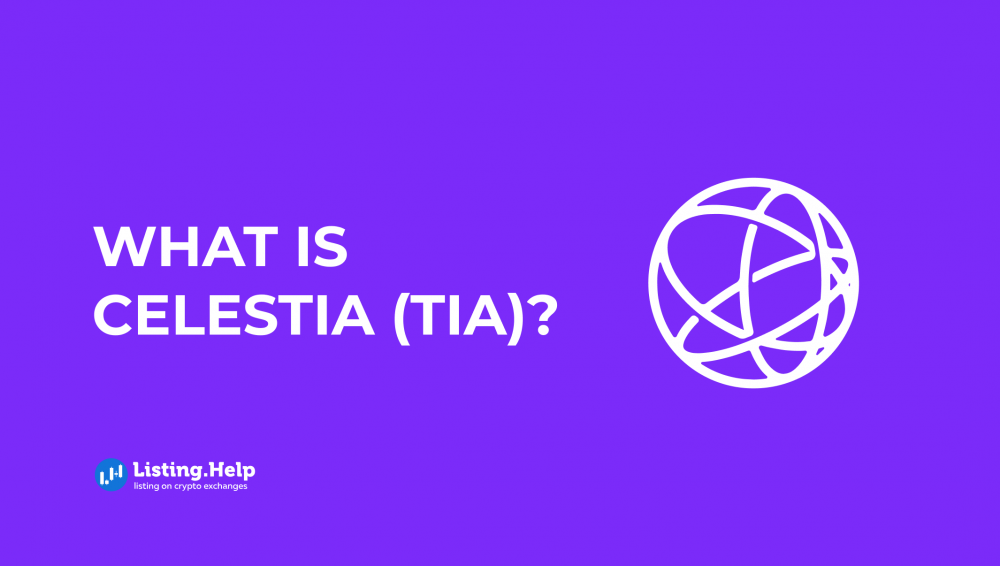

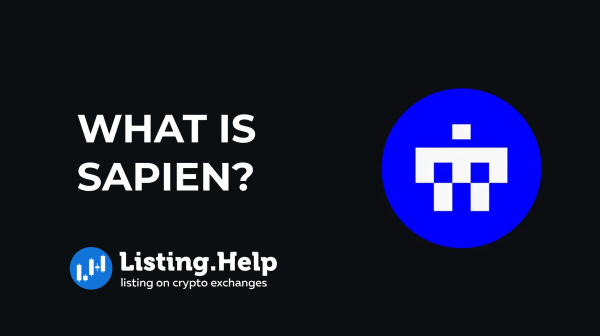
 December 15, 2025
December 15, 2025 
